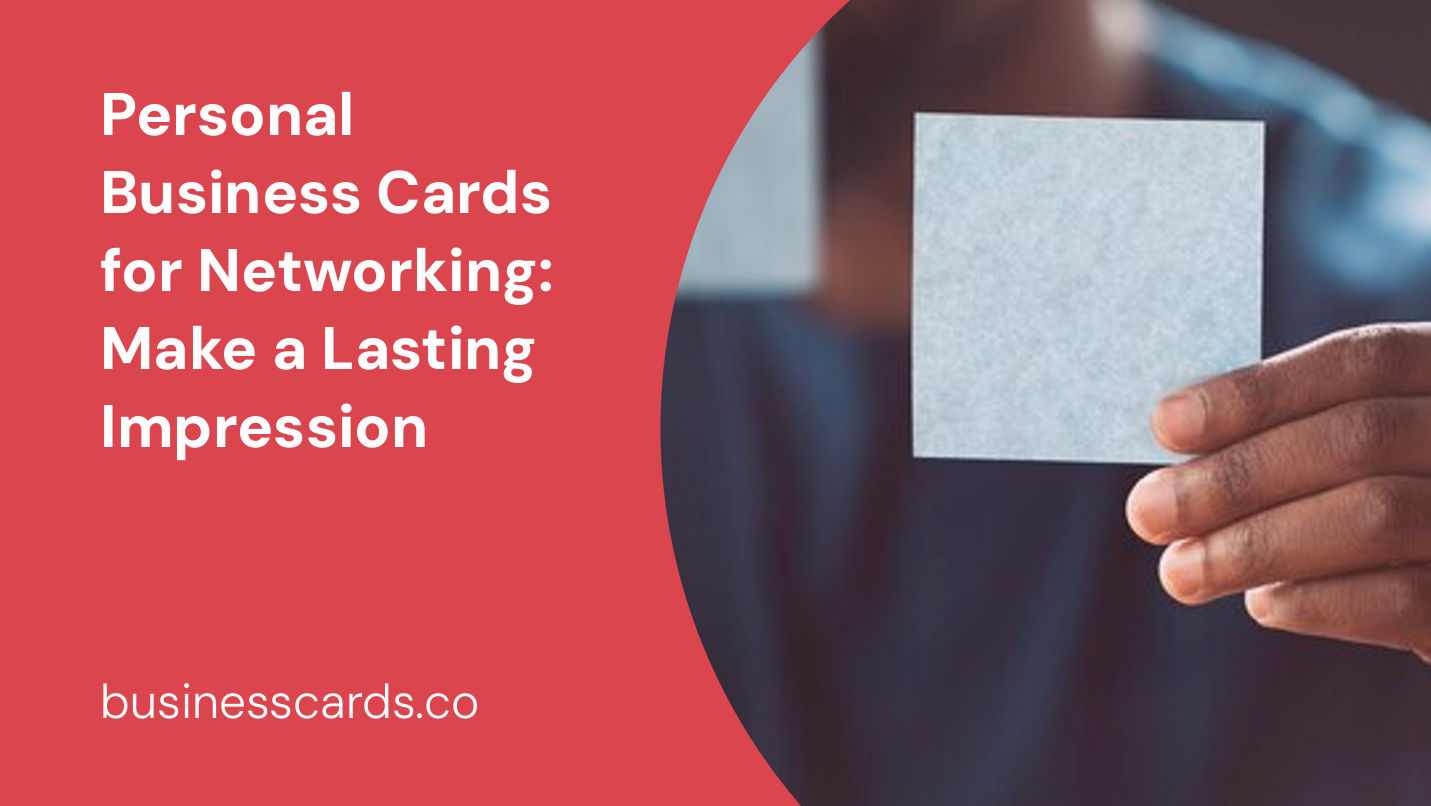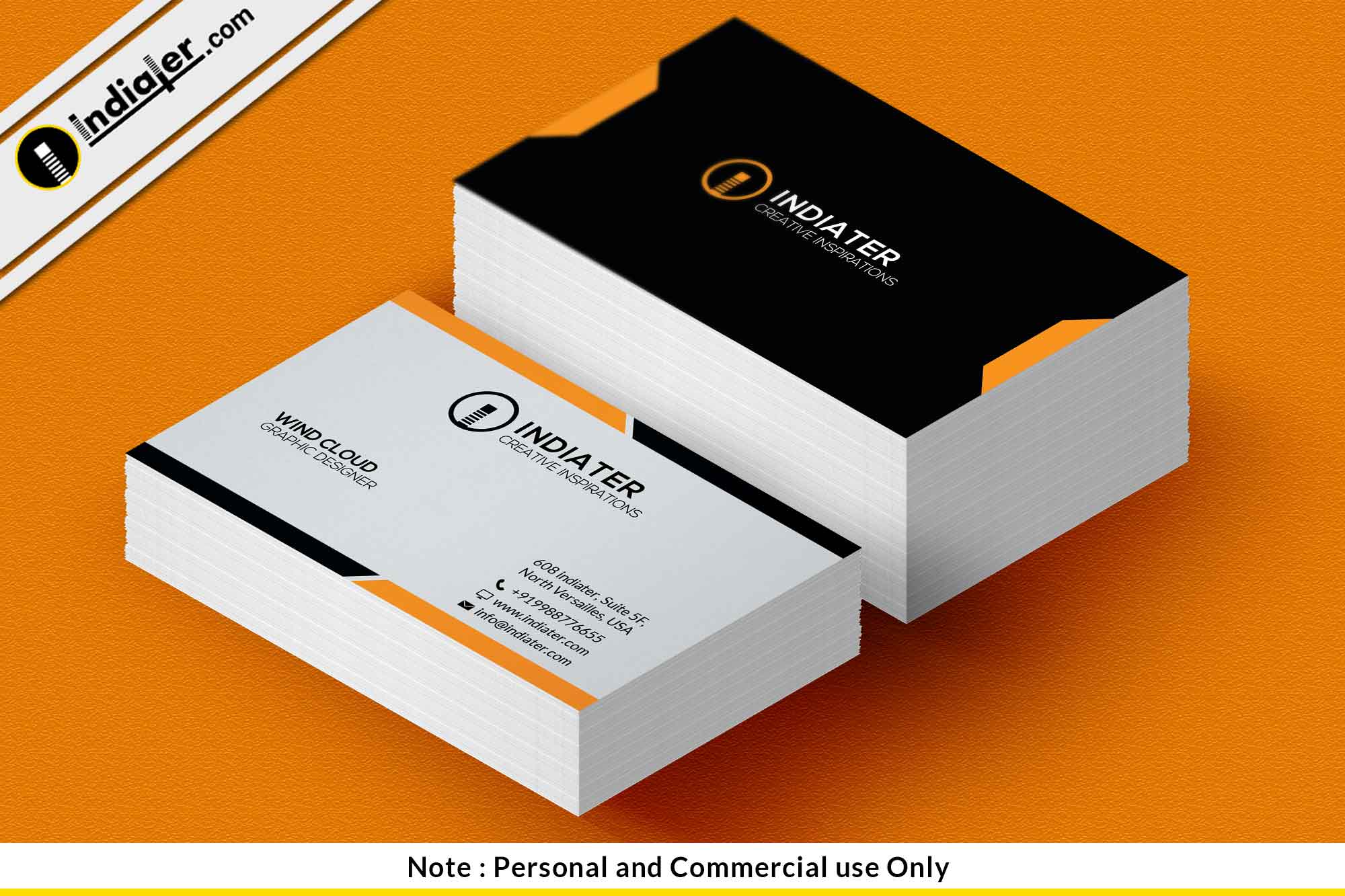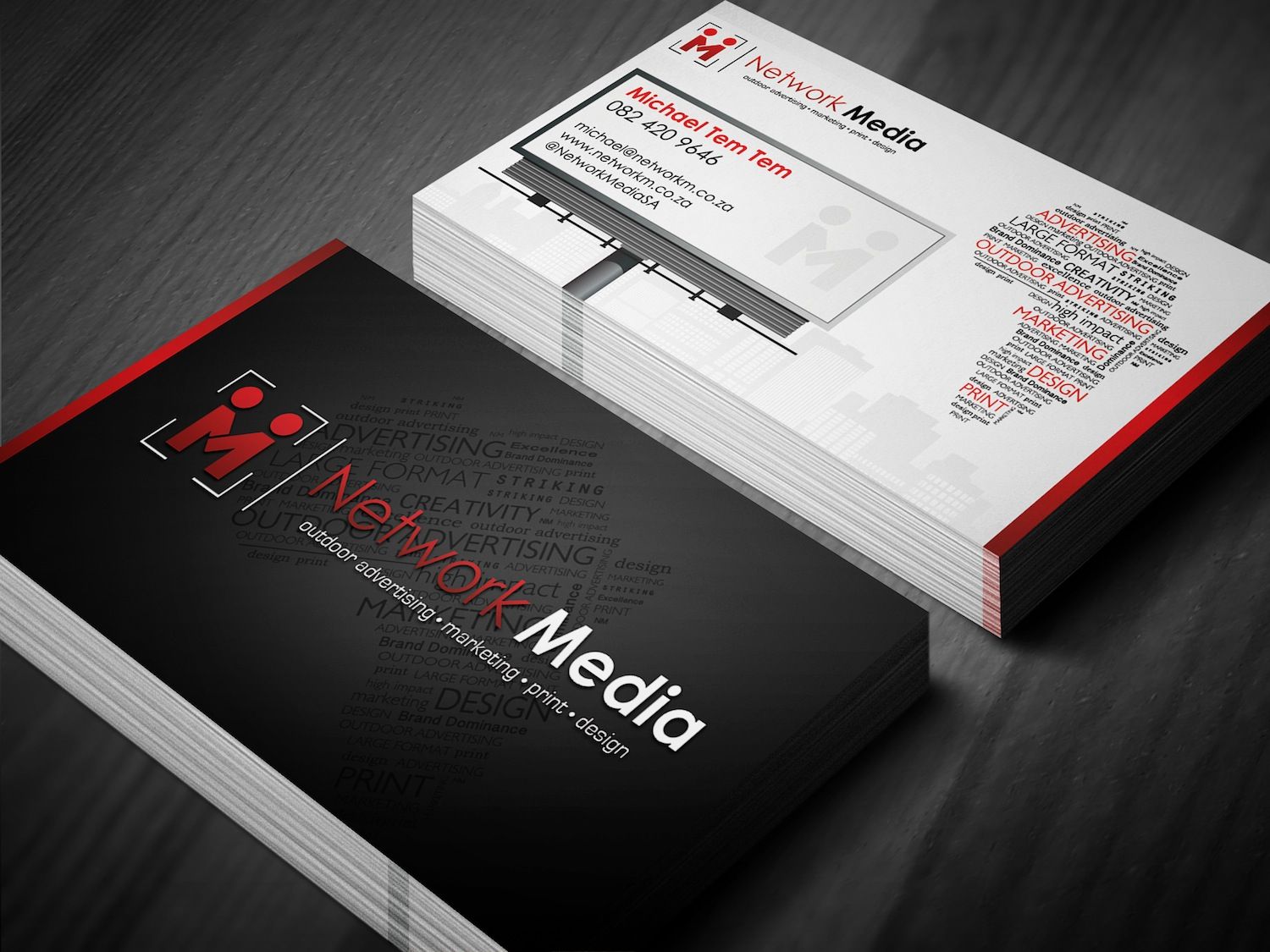
Networking is an essential part of professional growth in today’s interconnected world. Whether you are attending a conference, industry event, or even a casual meetup, having a personal business card can make a significant impact. It serves as a tangible representation of yourself and your brand, leaving a lasting impression on the people you meet. In this article, we will explore the importance of personal business cards for networking and provide practical tips on how to create a card that stands out from the crowd.
Why are Personal Business Cards Important for Networking?

In an era dominated by digital communication, you might wonder if personal business cards are still relevant. The answer is a resounding yes! Despite the thriving digital landscape, the traditional exchange of business cards remains a powerful networking tool. Here’s why:
1. Memorable First Impression
When you meet someone new, whether it’s a potential employer, client, or collaborator, a personal business card provides a tangible representation of yourself. It creates an immediate connection and serves as a reminder of your encounter. Unlike exchanging contact details electronically, a physical card is more likely to leave a lasting impression.
2. Professionalism
Having personal business cards demonstrates professionalism and preparedness. It shows that you value the networking experience and take your personal brand seriously. People often associate the possession of a well-designed business card with a level of credibility and the ability to follow through on potential opportunities.
3. Easy and Convenient
Exchanging personal business cards is a quick and seamless process. It allows you to easily share your contact information without fumbling through your phone or relying on the other person’s memory. Carrying a stack of business cards in your pocket ensures that you are always ready to connect with others and seize networking opportunities as they arise.
Designing an Effective Personal Business Card

Now that we understand the significance of personal business cards for networking, let’s delve into the elements that make a business card effective. From design to content, each aspect plays a crucial role in creating a card that stands out from the rest.
1. Minimalistic Design
When it comes to designing your personal business card, less is often more. Aim for a clean and minimalist design that represents your personal brand. Avoid cluttering the card with excessive information or complex graphics as it can detract from its overall impact. Simple and elegant designs tend to leave a stronger impression.
2. High-Quality Material
Investing in high-quality materials for your business cards can make a significant difference. Opt for thick, durable cardstock that feels substantial when held. This not only enhances the overall impression of professionalism but also increases the likelihood that recipients will keep your card and remember you in the future.
3. Consistent Branding
Your personal business card should align with your overall branding strategy. Incorporate your logo, brand colors, and font choices to ensure consistency and reinforce brand recognition. Consistency across all your networking materials creates a cohesive and memorable image.
4. Key Information
Include essential information on your business card, such as your name, job title, and contact details. You might also consider adding your social media handles or website URL, depending on your personal brand goals. Be mindful of including only relevant and up-to-date information, as overcrowded cards can be overwhelming.
5. Unique Touches
If you want to make your personal business card truly stand out, consider incorporating unique touches. This could be a custom die-cut shape, textured finishes, or even a bold color scheme. However, ensure that these unique elements still align with your personal brand and do not detract from the overall professionalism and readability of the card.
Making the Most of Your Personal Business Cards
Once you have designed your personal business cards, it’s essential to utilize them effectively during networking events. Here are a few tips to make the most of your cards and maximize their impact:
1. Carry Them with You
Always carry a stack of business cards with you wherever you go. You never know when a networking opportunity might present itself, and being prepared with your cards ensures that you can easily exchange contact information without missing a beat.
2. Be Selective with Distribution
While it’s important to be prepared to share your personal business cards, it’s equally crucial to be selective in whom you distribute them to. Take the time to engage in meaningful conversations, establish a connection, and determine if there is potential for future collaboration or mutual benefit before handing out your card.
3. Utilize a Business Card Holder
To maintain the pristine condition of your personal business cards, consider investing in a business card holder. This will not only protect your cards from damage but also make them easily accessible whenever you need to distribute them. A cardholder also gives off an air of professionalism and preparedness.
4. Follow-Up Action
After exchanging personal business cards with someone, it’s important to follow up with them promptly. Whether it’s a LinkedIn connection request, email, or a personalized note, reaching out shortly after the event reinforces the connection and maintains the momentum of your professional relationship.
Conclusion

Personal business cards continue to be a valuable tool in networking strategies. By designing an effective card and utilizing it strategically, you can leave a memorable impression on the people you encounter. Remember to keep your design minimalistic and professional, use high-quality materials, and make the most of networking opportunities by being selective and following up. By leveraging personal business cards for networking, you open doors to potential collaborations, career opportunities, and professional growth. So, get started on designing your own cards and make your mark in the networking world.
Ethan is a branding enthusiast and a master of storytelling. With a background in advertising, he leverages his expertise to explore the art of graphic design and its impact on business. In his free time, Ethan enjoys photography and capturing the world’s visual intricacies.